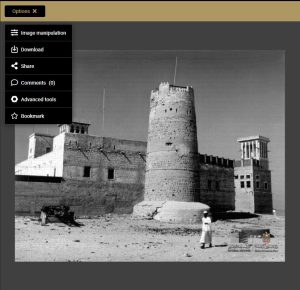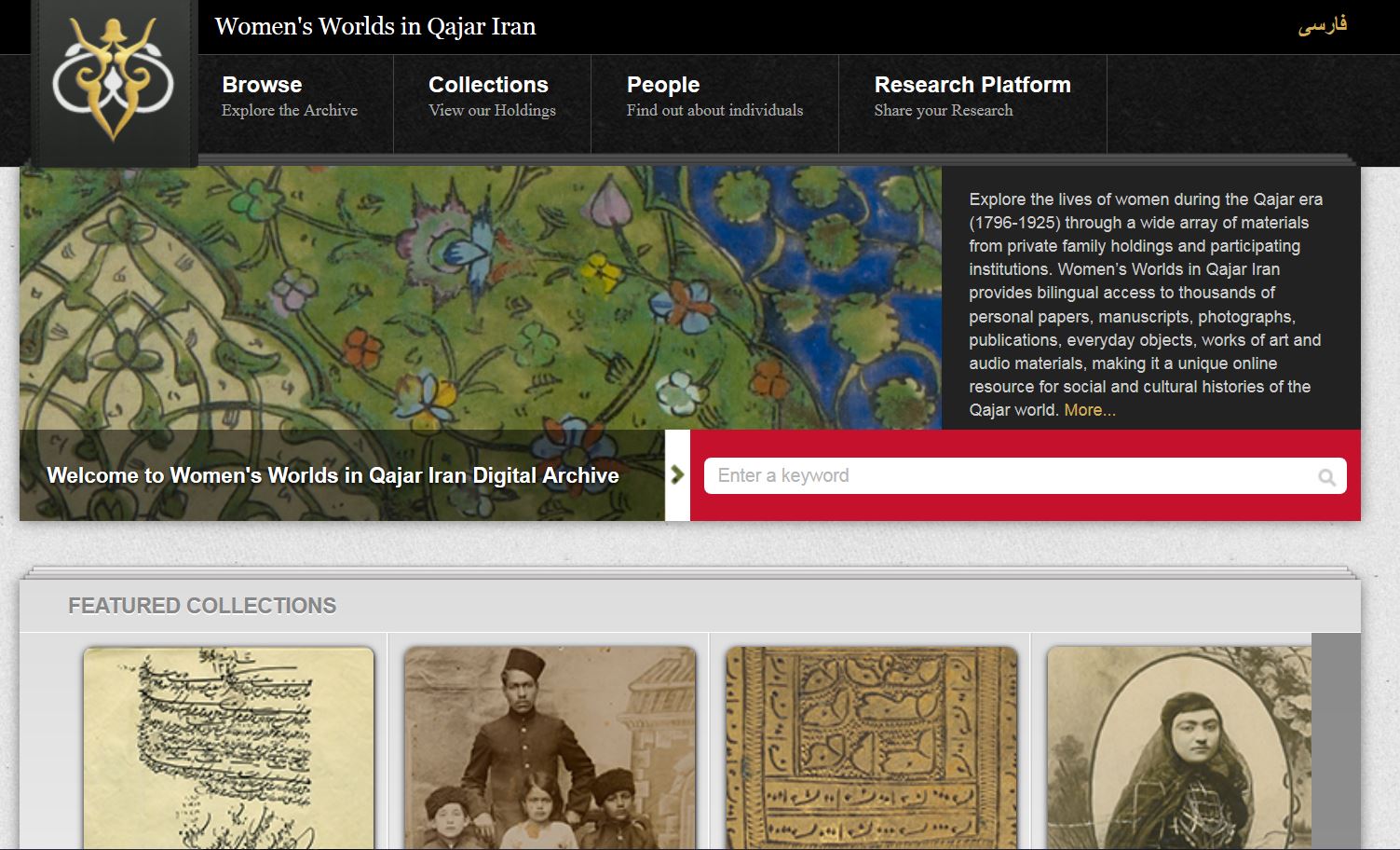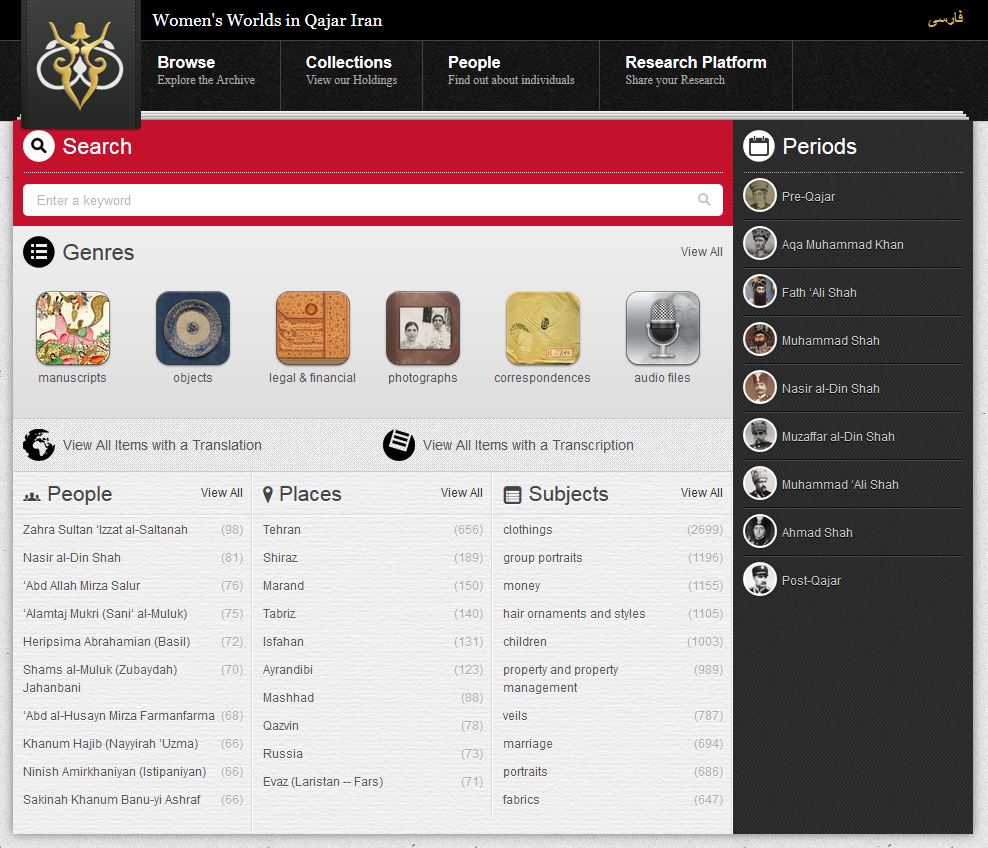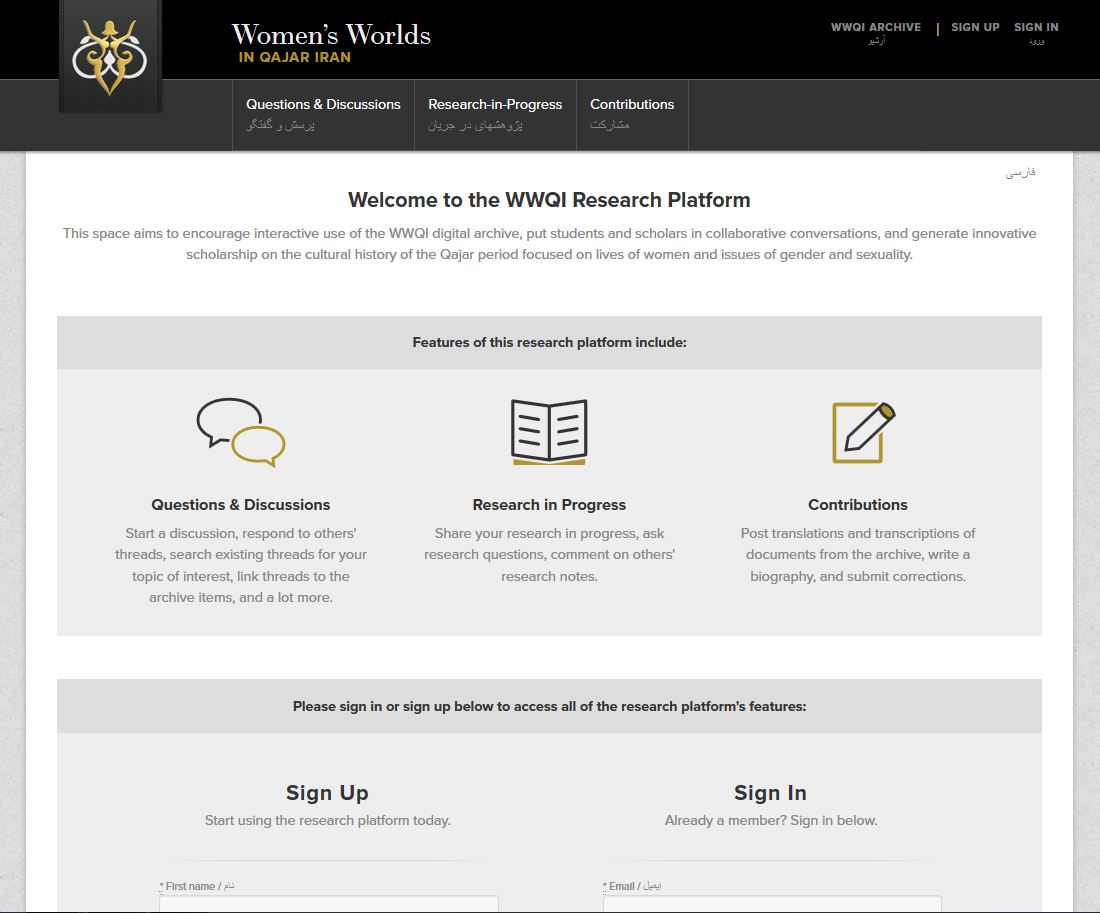The Arabian Gulf Digital Archive (“AGDA”) is an online archive that showcases historical and cultural materials from the Arabian Gulf. The contents span two centuries and offer an insight into the past with some material previously unseen by the general public.
The National Archives of the United Arab Emirates (“NA”) collects documents of special historical value to the UAE, Gulf Cooperation Council states and the Arabian Peninsula, both from within the UAE and from abroad. The original documents often exist in archives not located within the Gulf region, making access difficult for those who don’t know where to look. AGDA presents electronic copies of these records along with tools to search, tag and download them.
AGDA contains, among other things, letters, memos, transcripts, photos and official correspondence from leaders and governments that shaped the events of their time.
AGDA is open and free to view and use by anyone. It makes primary source material, with descriptions in both Arabic and English, available to students, scholars, researchers and any interested members of the public.



- It holds easy-to–use search filters, each with its own extensive list of additional search terms
- It enables additional search functionality based on a selected date range
- All search results can be downloaded, shared, bookmarked with any comments saved.
- Results pages can be viewed as a single or multiple images, or as text and in various viewing formats
- It is designed to aid accessibility for all users with tools to manipulate size, color and positioning of images and text
- It is simple and intuitive functionality. It is also optimized using external search engines
Tips for Searching
- Use the keywords most relevant to your search, e.g. United Arab Emirates
- Use quotation marks to search for exact phrases, e.g. “United Arab Emirates”
- You can perform wildcard searches by using an asterisk ‘*’ (e.g. tele* will match documents containing telegram, telephone and telegraphic).
- Boolean operators: “united OR union AND arab emirates”
- Searches in English or Arabic will deliver identical results regardless of the language of the interface.
The Arabian Gulf Digital Archive website, “The Site” is wholly protected by copyright and is the property of the National Archives of the United Arab Emirates. To learn more, click here.







